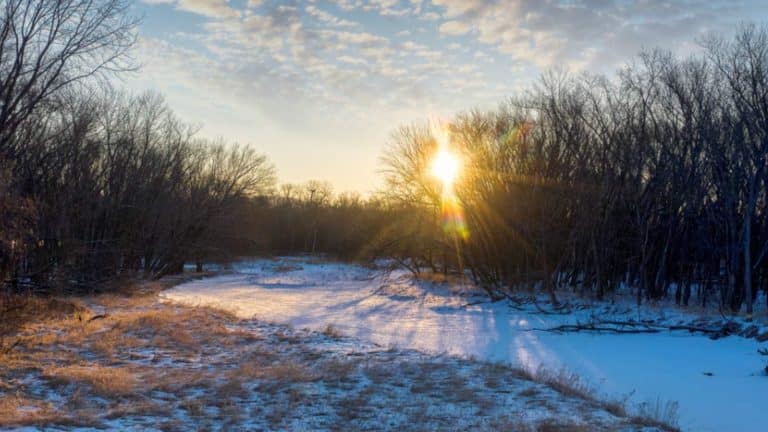S ACE staff Chris Carnevale and Jennifer Rennicks contributed to this post.
ACE staff Chris Carnevale and Jennifer Rennicks contributed to this post.
Hurricane season typically runs from June 1 – November 30th, placing us firmly in the middle of the season. If the entire season were a hurricane, we’re in the eye and still have a whole other half of the storm to experience. Thus far, what appeared earlier to be a “less than active” hurricane season seems to be a season on steroids.
Every year, hurricane research experts from around the globe develop estimates of the number of named storms anticipated. Various experts concurred that this would be a near-normal or less active hurricane season than in years past. However, this year’s hurricane season got a two week head-start when Tropical Storm Alberto formed in May. Since then, it seems that the whole season may be stuck on fast forward.The National Oceanic and Atmospheric Administration estimated there would be between 9-15 named storms for the entire season. But at the half way point, we have already seen 11 named storms. By this year’s accounting, we’re about three months early because the eleventh named storm, on average, arrives around November 23rd of any given year. Thus far, we’ve had twice as many named storms to date as would be expected during any normal year.
On August 9th, NOAA upped their ante to 12-17 named storms, with 5-8 becoming hurricanes, and 2-3 of those being “major”. We’re on track to have 5-8 hurricanes, and four have already happened (Chris, Ernesto, Gordon and Isaac). Usually, the fourth hurricane doesn’t show up until September 21st – nearly a month from now. Fortunately, we haven’t had those two or three “major” hurricanes – but typically, those major hurricanes tend to wait until September or October to form.
What does this all mean?
The climate is changing and with it, extreme weather events such as hurricanes are becoming even more extreme. We are seeing this shift play out in real time as evidenced by this flurry of storm activity. Predictions from leading climatologists about global warming’s affects on hurricanes is still not completely understood, but we can be fairly confident that the overall damage from hurricanes will increase. The average intensity of tropical cyclones (including tropical depressions, tropical storms, and hurricanes) is anticipated to increase so that we will see a greater percentage of these storms as category 4 and 5 hurricanes. Moreover, we are expected to see a substantial increase in the amount of rainfall brought by each hurricane, which will contribute to increased flood damage, which is sometimes the greatest source of damage from a hurricane as 2011’s Hurricane Irene taught us. Interestingly, particularly considering the sheer number of storms we are seeing this year, climate predictions also indicate that we will see fewer and fewer weaker storms such as tropical storms and Cat. 1 – 3 hurricanes. The bad news: the decrease in damage represented by the decreased frequency of number of smaller storms will be outweighed by the increased frequency of bigger, badder storms. And unfortunately not factored into this equation was the fact that sea level rise due to melting glaciers and the expansion of the ocean will augment hurricane storm surges and allow them to reach further inland.
It’s hard to forget that other, seemingly unrelated natural cycles were also early, or extreme, this year – strawberries ripened about two weeks earlier than normal, mosquitoes and West Nile Virus showed up about a month early, the early arrival of spring put a “false shine” on the economy, and many months were the warmest on record, not to mention the relentless drought that has ravaged much of the United States.
All of this evidence points to the conclusion that taking action on climate change—namely reducing our greenhouse gas emissions and preparing for the worst global warming effects—needs to be a priority shared by all Americans so that future generations will not be burdened by the extreme weather we help to create.
Hopefully the second half of Hurricane Season 2012 is less exciting than the first.


